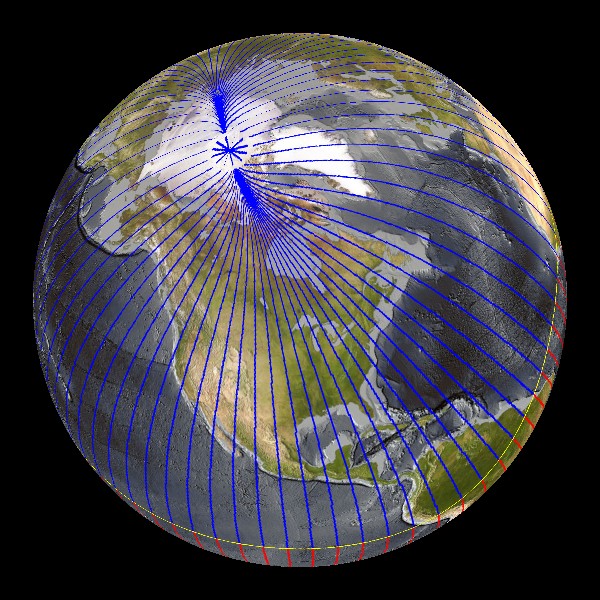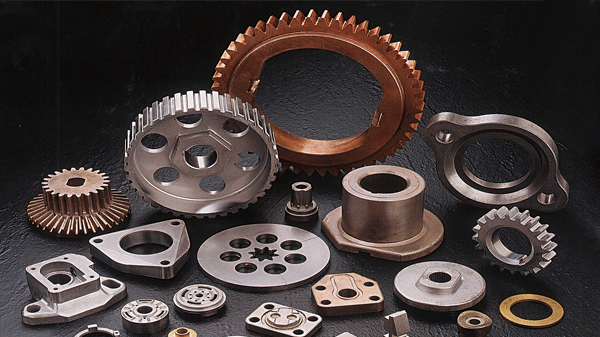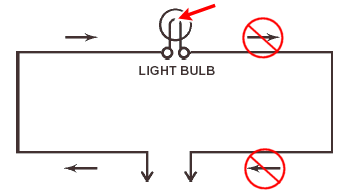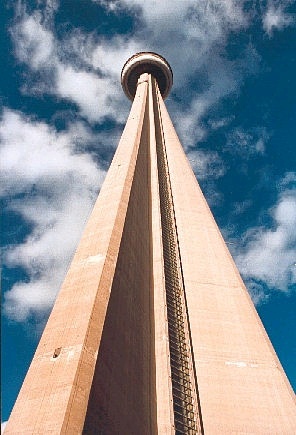Day 1: Today, we had our motor lab project. The goal was to build an electric motor that could spin a minimum of 3 complete rotations. My partner Steven and I began our project by first getting a piece of wood which we made sure was not compressed. Then, we used nails and a hammer to puncture 4 nails in the wood. The 4 nails were assembled in a square shape, with a nail at each corner. The square's dimension's were approximately 3cm long by 5 cm wide. While I hammered the four nails into the wood, Steven used sandpaper to sand the strips of aluminum, which would eventually become our brushes. Our next step was to assemble the cork, the axel, and the commutator pins. We did this by penetrating the middle of the cork with the axel (a thin wooden stick). Then, on the sides of the cork, we screwed in the two commutator pins. Our main obstacle during this step was puncturing holes into the cork: we were afraid that the cork would crack or break, so we hammered very lightly. Next, we used two paper clips to create the bearings, which would be used to hold up and support the axel and the cork. We achieved this by bending the paper clips into the desired shape and then manually sticking them into the wood. The next step was of extreme importance. We had to assemble the wire onto the cork and commutator pins so that it would be able to perform properly. There were three crucial rules of the assembly that we had to follow: a)the wires must be bared using sandpaper, b)the wire must be wrapped around the cork perpendicular to the commutator pins and c)the position of the commutator pins must be accurate. We made sure that we met all three of the criteria and then continued to the final step: assembling the brushes. To do this, we used the previously sanded aluminum strips as well as two thumb tacks. We placed them so that both of the strips would be in contact with the commutator pins. With all of the steps complete, we had just one last thing to do: test the motor out. We marched to Mr. Chung's table, just as another group's motor passed the test with flying colours. Mr. Chung assembled the magnets and connected the wires to our motor. We watched with great anticipation as he flicked the switch. Then, to our horror, our motor spinned once and then stopped moving completely! It was a complete failure. Though it wasn't clear why our motor failed, I suspect that it might have been caused by a combination of many small problems. Mr. Chung suggested that we should cut the brushes shorter and make them more sturdy. We quickly made the changes, but unfortunately it was time for class to end. Fortunately, we have some time tomorrow to do some further testing and we hope that our motor will work this time!
Day 2: We were very eager to improve our motor for another attempt. This time, we were extremely careful; we meticulously searched the motor for any signs of damage/ misplacement. We reinforced all the materials and also fully sanded the brushes. Since we knew that this was our second and final attempt, we made sure that everything was perfect. Before we went to Mr. Chung to test the motor, we first asked a few of our classmates to look our motor over, since their motors had been successful. After they examined our motor and said that it was good, we went to Mr. Chung for the test. We held our breaths as he attached the wire. To our relief, the motor worked, and it spun. In fact, it was arguably the most successful motor in the class: it spun very quickly and evenly. It was a great feeling for both me and my partner, as all our hard work had finally paid off.




















